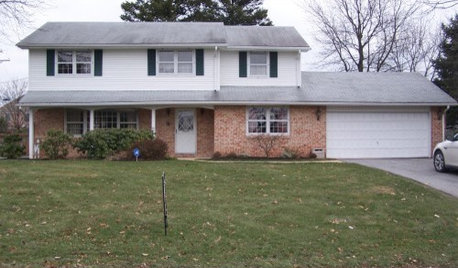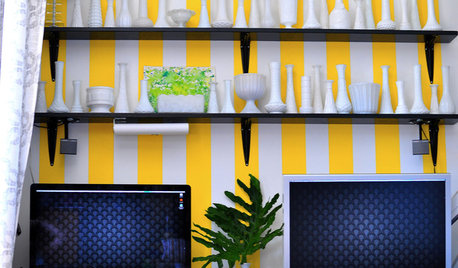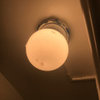Electrical wiring question
eddie_farmer
16 years ago
Related Stories

KITCHEN DESIGN9 Questions to Ask When Planning a Kitchen Pantry
Avoid blunders and get the storage space and layout you need by asking these questions before you begin
Full Story
REMODELING GUIDESConsidering a Fixer-Upper? 15 Questions to Ask First
Learn about the hidden costs and treasures of older homes to avoid budget surprises and accidentally tossing valuable features
Full Story
LIGHTING5 Questions to Ask for the Best Room Lighting
Get your overhead, task and accent lighting right for decorative beauty, less eyestrain and a focus exactly where you want
Full Story
MOVINGHiring a Home Inspector? Ask These 10 Questions
How to make sure the pro who performs your home inspection is properly qualified and insured, so you can protect your big investment
Full Story
ORGANIZINGPre-Storage Checklist: 10 Questions to Ask Yourself Before You Store
Wait, stop. Do you really need to keep that item you’re about to put into storage?
Full Story

DIY PROJECTSHide All Those Wires in a DIY Charging Station
Keep your gadgets handy and charged with a flexible storage board you can design yourself
Full Story
ACCESSORIESHow to Hide Those Messy Wires
Untangle Yourself From Ugly Electrical Cords With a Few Tricks and Accessories
Full Story
ACCESSORIESEasy Green: Cut Electricity Use With 15 Unplugged Home Devices
Crank up the energy savings, courtesy of household items that come into power the old-fashioned way: manually
Full Story
TASTEMAKERS5 Questions From ICFF: Lindsey Adelman
The inventive designer takes a break from New York's International Contemporary Furniture Fair to talk about her artistic lighting fixtures
Full Story








bigbird_1
don-ump
Related Professionals
New Bern General Contractors · Coatesville General Contractors · Forest Grove General Contractors · Green Bay General Contractors · Newington General Contractors · Titusville General Contractors · Van Buren General Contractors · Warrenville General Contractors · Wolf Trap Handyman · El Mirage Solar Energy Systems · Los Angeles Solar Energy Systems · Norton Solar Energy Systems · Asheville Home Automation & Home Media · Orlando Home Automation & Home Media · Tarpon Springs Home Automation & Home MediaDavidR
bigbird_1
petey_racer
don-ump
DavidR
bigbird_1
petey_racer
hendricus
jemdandy
jason1083
petey_racer
don-ump
joed
davidandkasie
DavidR
don-ump